
Here at Theme Park Tourist, we’re big believers in digging deep. Our Legend Collections are stocked with can’t miss, in-depth features written for theme park fans, uncovering the full, interconnected stories of some of the best (and worst) rides to ever exist.
For example, we’ve covered closed, classic Lost Legends like Alien Encounter, Soarin' Over California, and Maelstrom; explored Modern Marvels that lead the industry today, from The Amazing Adventures of Spider-Man and Tokyo's Tower of Terror to Phantom Manor and TRON Light Cycle Power Run; and we’ve even opened Declassified Disasters to dig into Disney’s rare (and ridiculous) failures, like Journey into YOUR Imagination, Superstar Limo, and DisneyQuest.
Image: Disney
So as we turn our attention to the prehistoric chaos of the solitary opening day dark ride at Disney’s Animal Kingdom, the question is simple: is this wild, off-roading romp through a steaming primeval jungle a Lost Legend, a Modern Marvel, or a Declassified Disaster? Fittingly for one of the most spectacularly uneven, outrageous, and unusual rides at any Disney Park, the answer could be all three.
Today, we’ll trace the tumultuous history of Countdown to Extinction and its subsequent transformation into DINOSAUR, chronicling the so-subtle-you-might-miss-it changes that – depending on whom you ask – either created one of Walt Disney World’s most wild rides, or ruined it.
To “dig deep” into this chaotic Cretaceous adventure, we need to start in the past. So “let’s get in, grab the Iguanodon, and get out before that asteroid hits!” Hang on!
Disney and dinosaurs
Consider this: dinosaurs were the first characters ever brought to life through Audio Animatronics.
Image: Disney
That’s because, when the Modern Marvel: The Enchanted Tiki Room opened in 1963, its cast of singing birds was so groundbreaking and sensational, a new name was needed to describe them. Walt and his team coined the phrase “Audio Animatronic” to refer to the feathered reptile cast, well encapsulating their unique, three-dimensional animation paired and synchronized with pre-recorded audio, controlled by cutting edge computers.
Even as the Tiki Birds were taking the world by storm, Disney’s designers were hard at work using Audio Animatronics technology to give new life to their much larger ancestors. Debuting at the 1964 – 65 New York World’s Fair, the Ford Magic Skyway was a wonder, inviting guests to step aboard “motorless” Ford Convertibles to be whisked along elevated highways around – and eventually into – Ford’s World’s Fair pavilion.
Image: Disney
Inside, riders would glide through massive sets recreating a primeval world, populated by very large electro-mechanical and Audio Animatronic dinosaurs – a breathtaking encounter with a show-stopping Disney creation meant to draw guests to Ford’s pavilion product showcase.
At the close of the World’s Fair, three of the attractions that Disney had designed for New York were relocated to Disneyland (as “it’s a small world,” Great Moments with Mr. Lincoln, and the Modern Marvel: Carousel of Progress). Ford’s Magic Skyway didn’t make the leap west. At least, not in one piece. Instead, the technologies that powered the effortless aerial highways of the ride were adapted to create the Tomorrowland Lost Legend: the Peoplemover, and the dinosaurs themselves were relocated to a new, prominent Primeval World diorama constructed along the route of the Disneyland Railroad, where they remain today!
Image: Disney
When Big Thunder Mountain debuted at Disneyland and Magic Kingdom in 1979 and 1980 respectively, it brought a new dinosaur to Disney Parks… albeit, one that was a bit dustier.
In 1982, Walt Disney Productions opened a new kind of theme park in Florida… EPCOT Center was designed to be a “permanent World’s Fair” of Disney’s own design, with pavilions dedicated to innovation in areas of science and industry. Rather than focusing on the future, a pavilion dedicated to energy looked to the past.
Image: Disney
Thanks to sponsor Exxon, the park’s Lost Legend: Universe of Energy was a 45-minute epic attraction that included a dark ride section through a prehistoric world to explore the formation of fossil fuels via nearly three dozen Audio Animatronic figures.
Image: Disney
You might even count the 1989 opening of the Disney-MGM Studios and the iconic Gertie the Dinosaur wading in the park’s Echo Lake. Gertie is meant as a tribute to the animated character designed by Winsor McCay in 1913 (when Walt was only twelve) as a historic pioneer in animation. In 1955, Walt even noted on his Disneyland television show that the success of Gertie “encouraged other pioneers to creative efforts that in time," and "led to the establishment of the animated cartoon as an industry.”
For nearly every decade of Disney Parks’ history, dinosaurs had played some key role in a pivotal attraction. And as the 90s neared, a new generation believed that dinosaurs could solve a key problem discovered with a new theme park.
Disney’s Wild Animal Kingdom
Image: Disney
By the 1990s, Walt Disney World had well established itself as the “Vacation Kingdom of the World” promised back in the '70s. It was a massive, international resort headlined by three theme parks… and just a few years after the opening of the Disney-MGM Studios, the decision was made to add a fourth.
Announced in 1995, Disney's newest theme park would be entirely unlike anything Imagineering had attempted before. Sprawling across 500 undeveloped acres within Walt Disney World would rise Disney's Wild Animal Kingdom. As you might expect, real, living animals – over 1,000 of them! – would be the highlight...
And that was exactly the problem... Because while Walt Disney World visitors may come from around the state, country, continent, and globe, but one thing most guests have in common is that they live little more a daytrip away from a zoo.
Image: Disney
But wait! Disney's animal-themed park would stand among the best examples of the so-called "third age" of zoological best practice (marked by entirely naturalistic and seemingly-boundary-free enclosures). And sure, by the mid-90s, most local and regional zoos had organized and arranged their animals by "continent," and many even managed to pull off "Imagineering lite" to lightly dress those park areas with African, Asian, Australian, and South American facades and soundtracks... but of course, Disney would do it better – its facades more authentic, its habitats more natural...!
Still, the question had to be asked: is any zoo – even a really, really, really good zoo – worth Disney Parks admission prices?
Image: Disney
Even exceptionally crafted by authentic world travelers; even with astounding animal encounters in naturalistic exhibits; even with the single E-Ticket Kilimanjaro Safaris ride touring the believable African savannah as its highlight, why would a guest pay $100 to visit a Disney "zoo" when their local or regional zoo might cost $10? Luckily, Imagineers and executives were well ahead of the question. And they had an answer.
Disney needed to convey that Animal Kingdom is many things, but that there’s one thing it is not…
Nahtazū
Though Animal Kingdom would feature animals on display in lands dedicated to Asia and Africa; in the craftsman crossroads of Discovery Island; in the abundant greenery of the Oasis, the park's "Hakuna Matata"-esque tagline and jingle was quick to shut down any confusion... Is it? Nope! "Nahtazū!"
But this promise would need paired with proof. What – besides the Safari ride, a Phase II rapids ride, and a sprinkling of Disney magic – would actually make Disney's Animal Kingdom a full-fledged Disney Park, on par with Magic Kingdom? To hear Michael Eisner’s opening day dedication explain it, the park would be a kingdom of “animals real, ancient, and imagined.” And it’s the latter two that would make all the difference...
Unlike your local zoo, Disney’s Animal Kingdom would bring dinosaurs and dragons to life… And trust us, neither of those lands ended up looking as Imagineers had planned. What did they intend to build? Read on…
Image: Disney
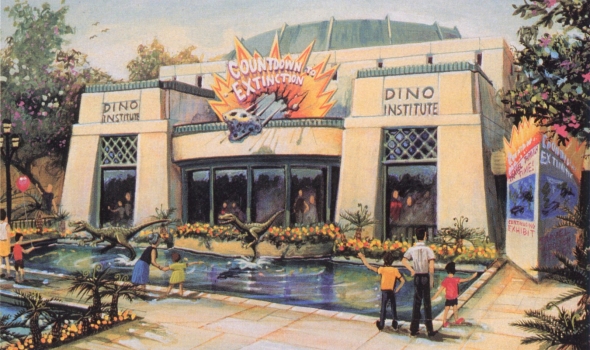
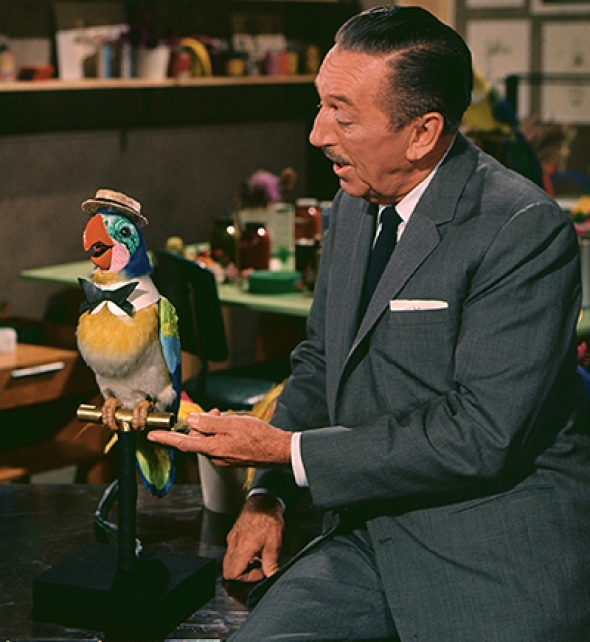
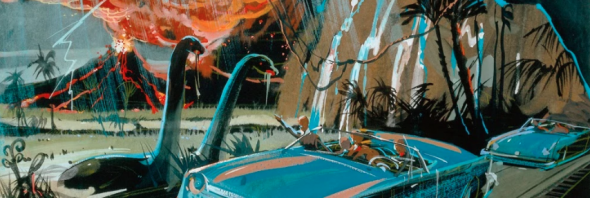
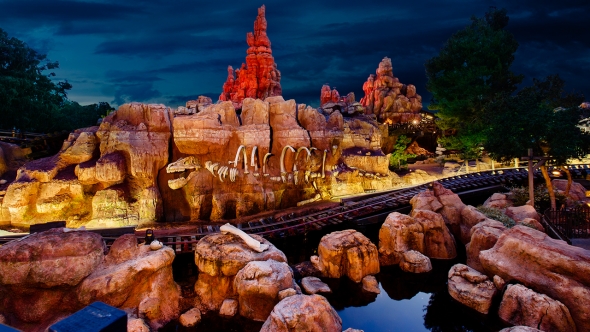
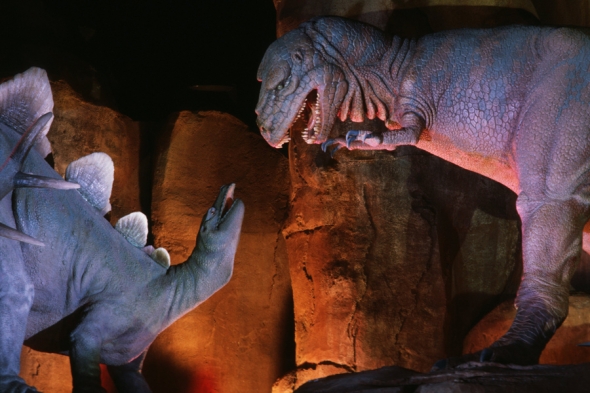
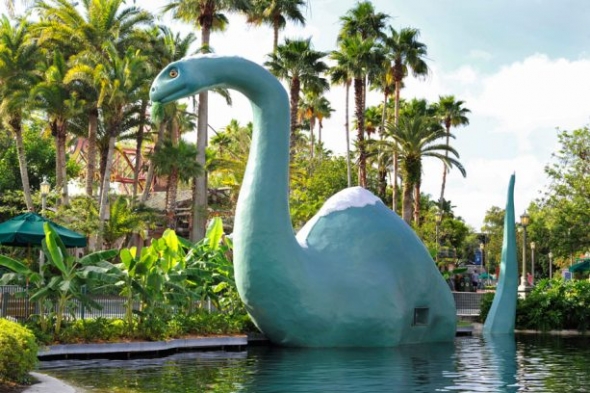
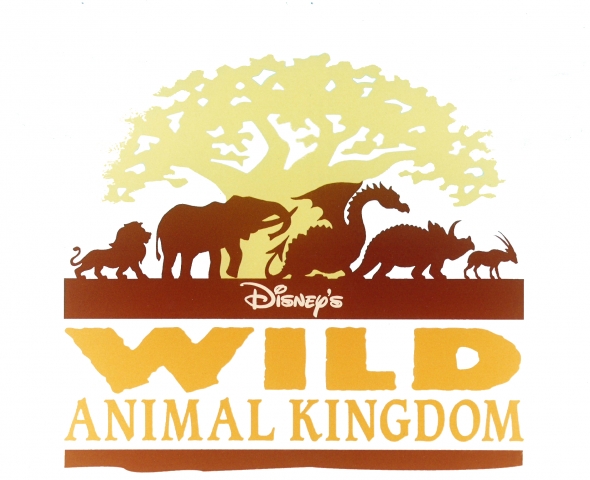
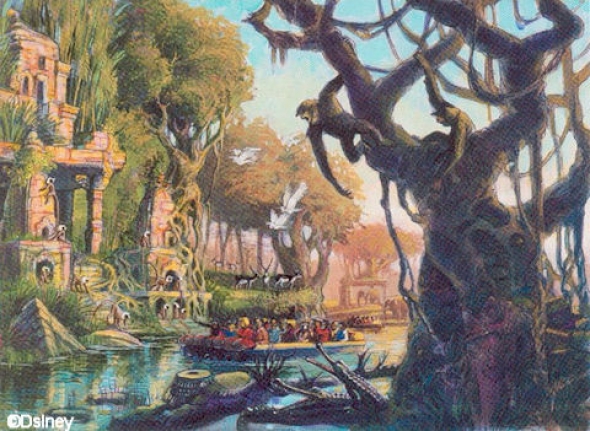
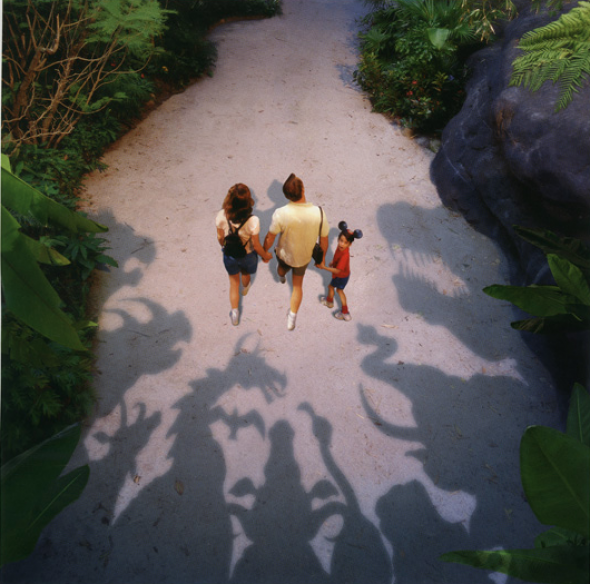
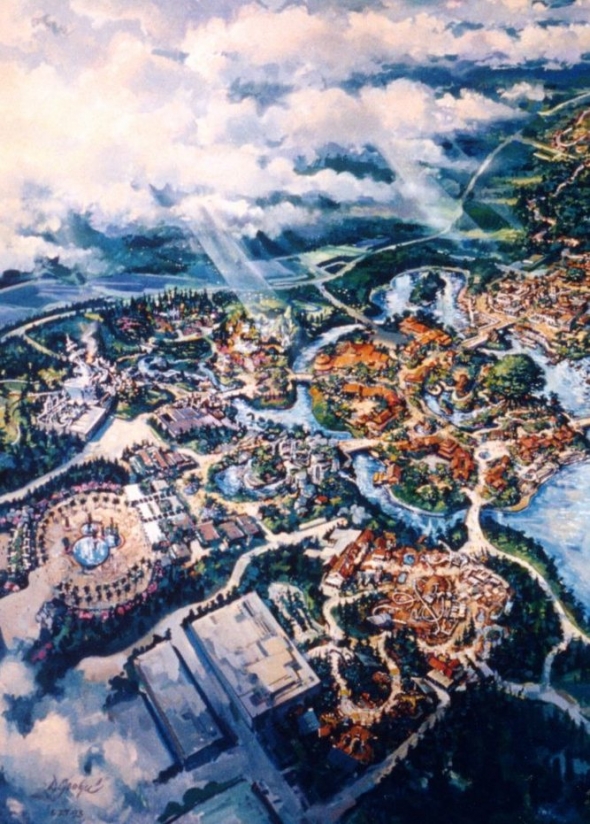

Comments
Is there footage or a picture of the Meteor. As of right now now there is no physical reference to it on the internet
I think there is a lot of confusion about the meteor. It was never a physical prop. It was a lighting effect overhead that made it look as if the meteor were crashing down ahead of the ride vehicle, concluding with a bright flash of light which makes the Carnotaur visible. It was toned down with the name change, but still present until the 2016 refurbishment. Now the scene almost primarily focuses on the carnotaur with little indication that the meteor is crashing down. It was always a very subtle effect, but I think because of its subtlety, the online forums over the years have created the misconception that it was a removed effect.
This is an amazing history of Disney' DINOSAUR since everybody loves both movie and the ride from Disney's Animal Kingdom and I've told everyone is the dinosaurs are always part of the animal kingdom.